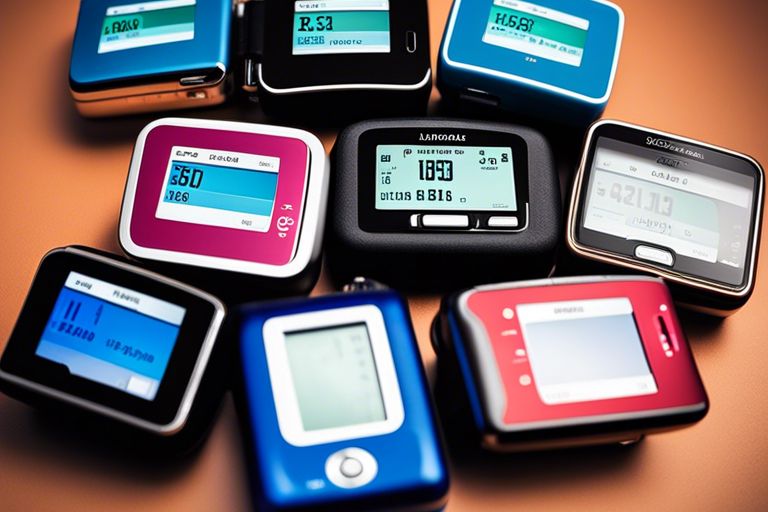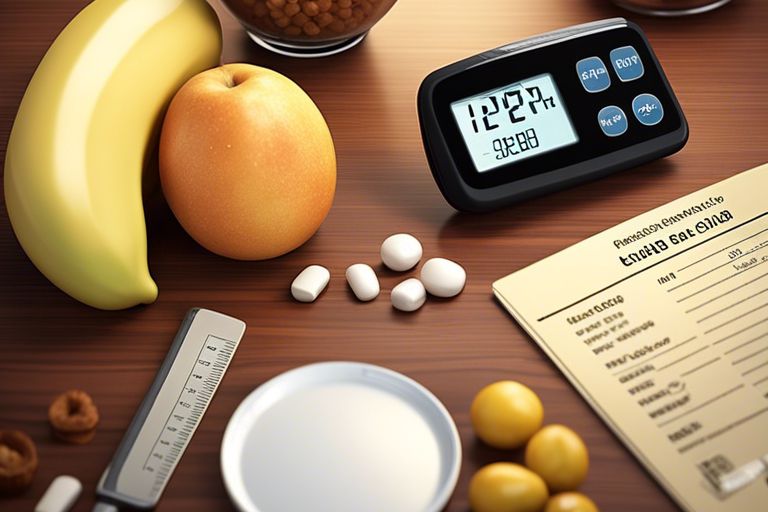Travelling can be a wonderful experience, but for people with Type 1 Diabetes, it may come with additional challenges and considerations. Managing insulin, monitoring blood sugar levels, and staying healthy while on the go can require extra planning and preparation. In this blog post, we will provide vital tips and strategies to help individuals with Type 1 Diabetes navigate their travels with confidence and ensure a safe and enjoyable journey.
Key Takeaways:
- Plan Ahead: When travelling with Type 1 diabetes, make sure to plan ahead by packing extra supplies such as insulin, test strips, and medication to avoid running out while away from home.
- Keep Insulin Cool: Invest in a cooling pack or a mini fridge to store insulin and keep it at the right temperature, especially in hot climates or during long journeys.
- Stay Hydrated: Drink plenty of water to stay hydrated, especially while travelling, as dehydration can affect blood sugar levels and overall health.
- Carry Snacks: Always carry snacks like fruit, nuts, or glucose tablets to address low blood sugar levels or unexpected delays in meals while travelling.
- Inform Travel Companions: Make sure your travel companions are aware of your condition, where you keep your supplies, and what to do in case of an emergency to ensure a safe trip.
Preparing for Your Trip
Medical Check-up and Travel Clearance
Before initiateing on your journey, it is crucial for individuals with Type 1 Diabetes to schedule a medical check-up with their healthcare provider. This check-up should include a discussion about your travel plans to ensure you are fit to travel and to receive any necessary travel clearance. Your healthcare provider can also provide you with important advice on managing your diabetes while travelling.
Packing Essentials for Diabetes Management
When packing for your trip, make sure to include all the imperative items for managing your diabetes. This includes an ample supply of insulin, glucose monitoring equipment, fast-acting carbohydrates, snacks, and any other medications you may need. It is important to pack more supplies than you anticipate needing, as unforeseen circumstances can arise during travel.
Additionally, consider carrying a letter from your healthcare provider outlining your condition and the medications you are carrying. This can be helpful in case you encounter any issues at airport security or customs. Being well-prepared with your diabetes management imperatives will help ensure a smooth and stress-free travel experience.
Managing Blood Sugar on the Go
Regular Monitoring and Insulin Administration
When travelling with type 1 diabetes, it is crucial to maintain regular blood sugar monitoring and insulin administration. Carry a blood glucose monitoring kit with you at all times and check your levels frequently, especially before meals and activities. Make sure to have an adequate supply of insulin and necessary supplies to administer it as prescribed by your healthcare provider.
Food Choices and Meal Planning
Food choices and meal planning play a vital role in managing blood sugar levels while travelling. Opt for balanced meals with complex carbohydrates, lean proteins, and healthy fats to help stabilise blood glucose. Planning ahead can be helpful; research restaurants at your destination, pack snacks like nuts or fruit, and aim to eat at regular intervals to prevent spikes or drops in blood sugar.
When planning meals, consider the timing of your activities and the availability of food options. It’s crucial to be prepared for unexpected delays or changes in plans that may affect your eating schedule. Always have emergency snacks like glucose tablets or a small pack of sweets on hand in case of low blood sugar episodes. By staying proactive and mindful of your dietary choices, you can better manage your blood sugar levels and enjoy your travels with peace of mind.
Handling Emergencies
Recognizing and Treating Hypo/Hyperglycemia
It is crucial for individuals with Type 1 Diabetes to be able to recognise and treat hypo/hyperglycaemia while travelling. Symptoms of hypoglycaemia include sweating, trembling, dizziness, and confusion, while hyperglycaemia may present with extreme thirst, frequent urination, and fatigue. Always carry fast-acting glucose, such as glucose tablets or a sugary drink, to raise blood sugar levels if they fall too low. Conversely, insulin should be administered if blood sugar levels are too high, according to the individual’s management plan.
Knowing Local Medical Facilities and Resources
Before begining on your travels, research and identify local medical facilities and resources at your destination. Know the nearest hospitals, clinics, and pharmacies in case of an emergency. Additionally, familiarise yourself with the local emergency number for immediate assistance. Consider carrying a medical ID card or bracelet that specifies your condition and treatment needs to communicate effectively with healthcare providers in a foreign country.
International Travel Considerations
Time Zone Adjustments and Medication Timing
When travelling internationally with type 1 diabetes, it is imperative to consider the time zone differences and how they will affect your medication schedule. Consult with your healthcare provider before your trip to create a plan for adjusting your insulin doses according to the new time zone. Remember to factor in meal times and airline meal services when planning your medication timings.
Navigating Airport Security with Diabetes Supplies
Travelling through airport security with diabetes supplies can be smooth if you are prepared. Inform the security personnel that you have diabetes and are carrying necessary medical supplies such as insulin, syringes, and blood glucose monitoring devices. Keep all your supplies in a clear, sealable bag and have your diabetes identification card or letter from your healthcare provider handy to explain the items in your possession.
FAQ
Q: What should people with Type 1 Diabetes consider when travelling?
A: People with Type 1 Diabetes should consider factors such as their insulin supplies, food choices, and access to medical care when travelling.
Q: How can people with Type 1 Diabetes ensure they have enough insulin while travelling?
A: People with Type 1 Diabetes should always pack more insulin than they think they will need and carry extra supplies in case of emergencies.
Q: What should people with Type 1 Diabetes do to manage their blood sugar levels while on a trip?
A: People with Type 1 Diabetes should monitor their blood sugar levels regularly, stay hydrated, eat balanced meals, and adjust their insulin doses as needed while travelling.
Q: How can people with Type 1 Diabetes ensure they have access to medical care while travelling?
A: People with Type 1 Diabetes should research medical facilities at their destination, carry a diabetes identification card or bracelet, and have a list of emergency contacts with them at all times.
Q: Are there any specific travel tips for people with Type 1 Diabetes when flying?
A: When flying, people with Type 1 Diabetes should carry their insulin and supplies in their carry-on luggage to ensure they are easily accessible, inform airline staff about their condition, and be prepared for security checks by carrying a letter from their healthcare provider.




